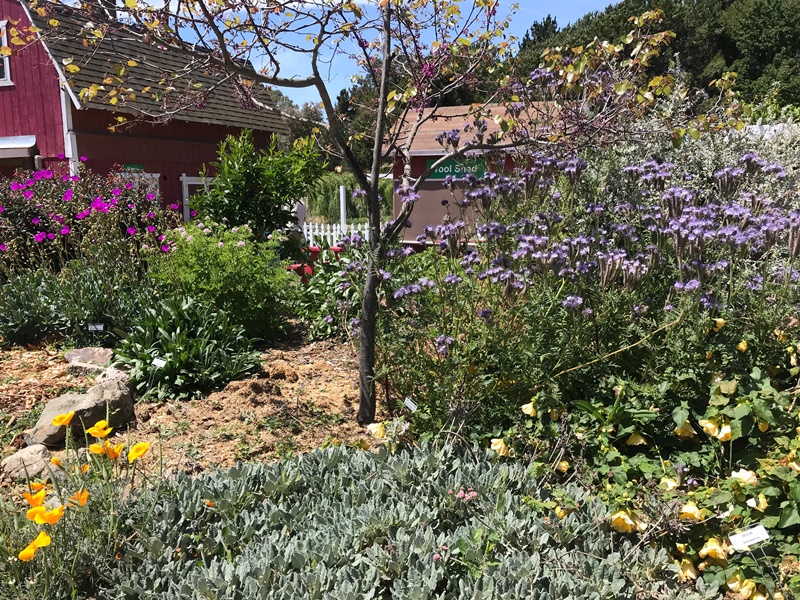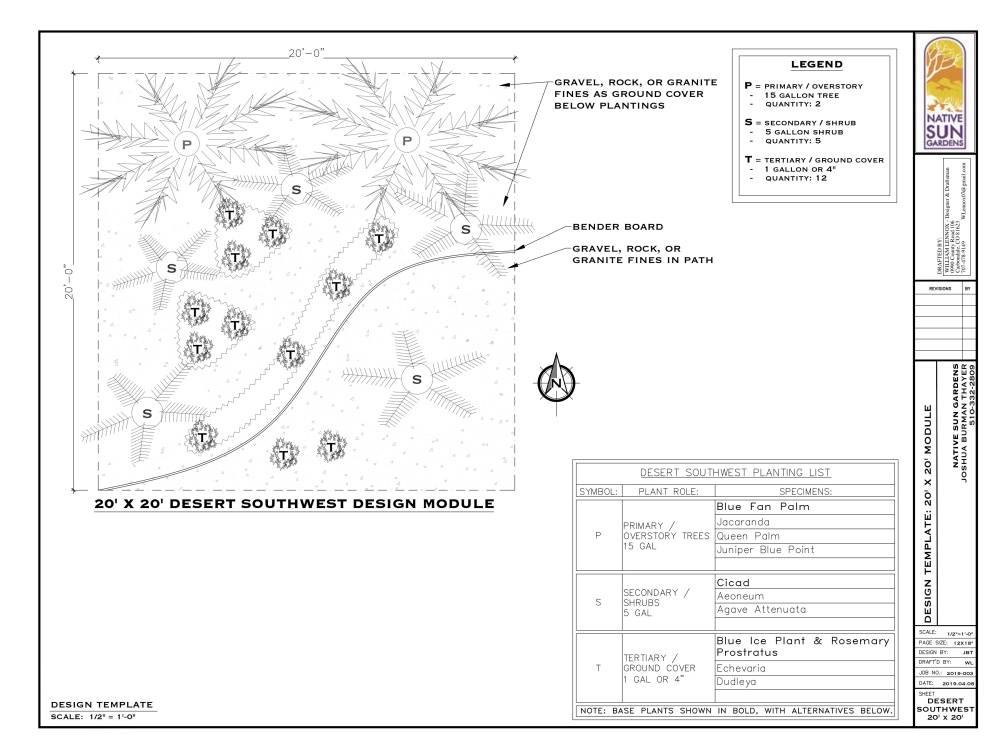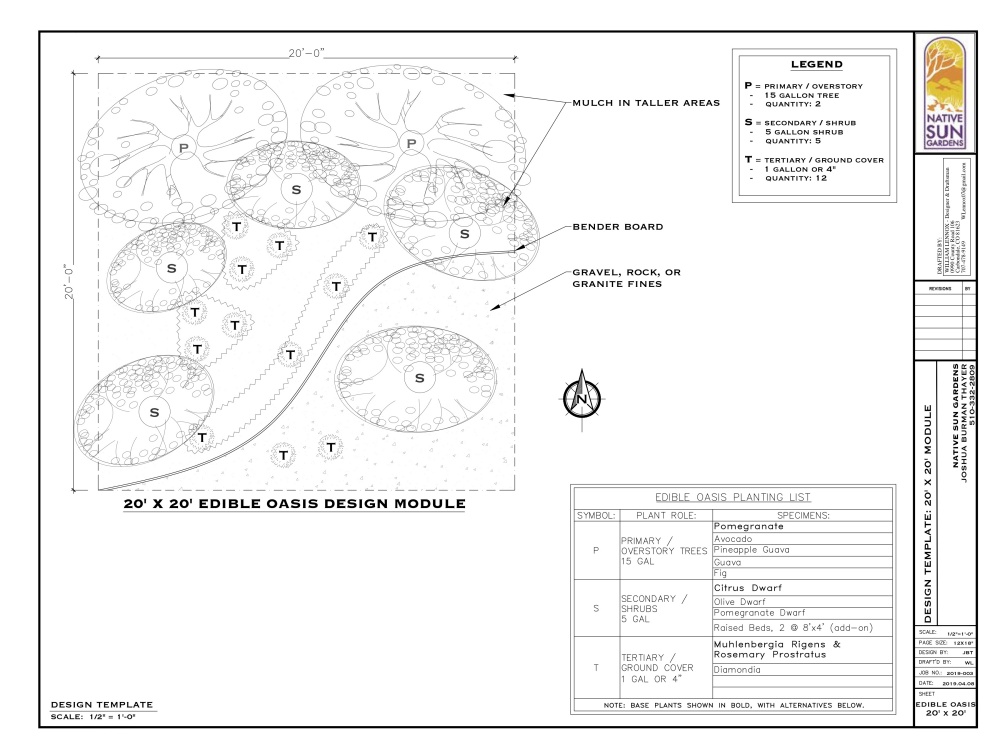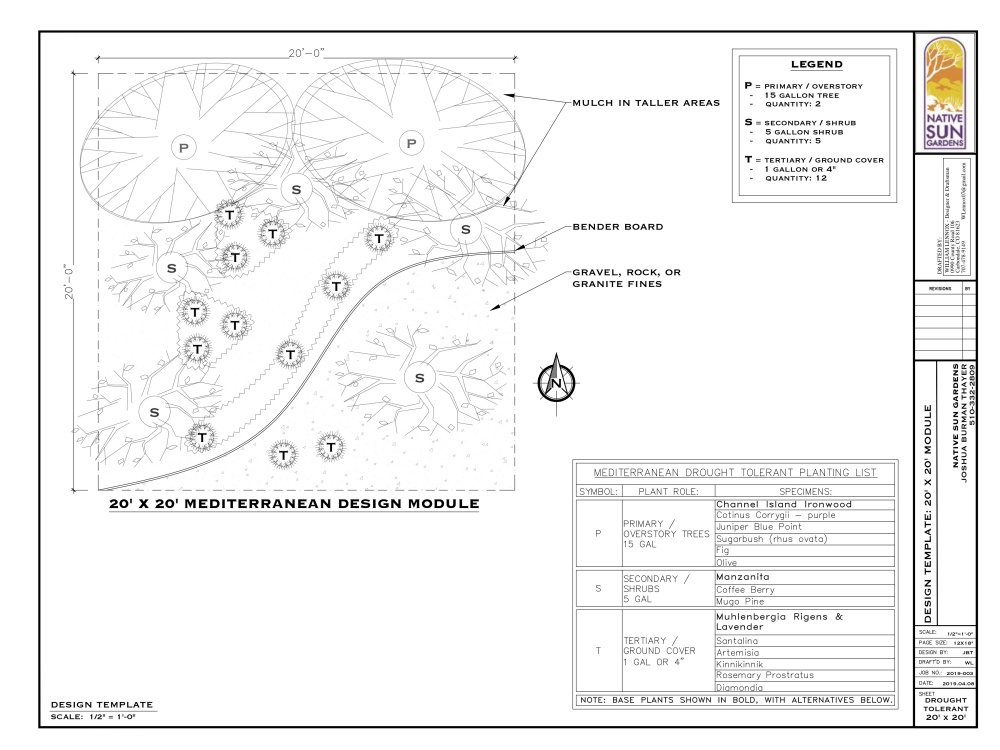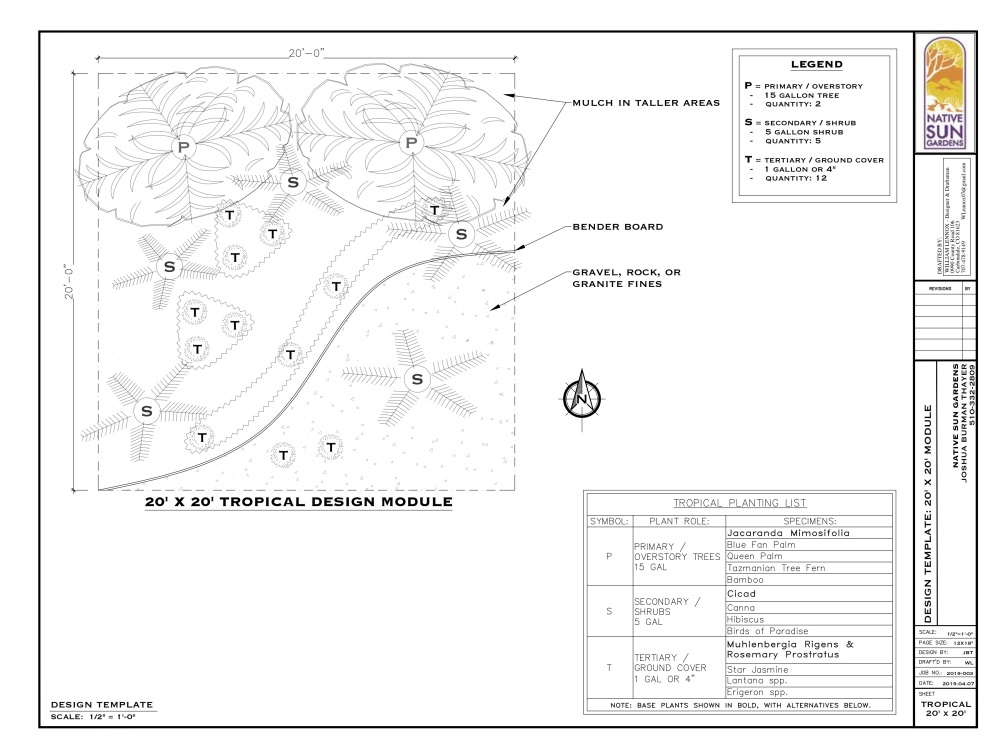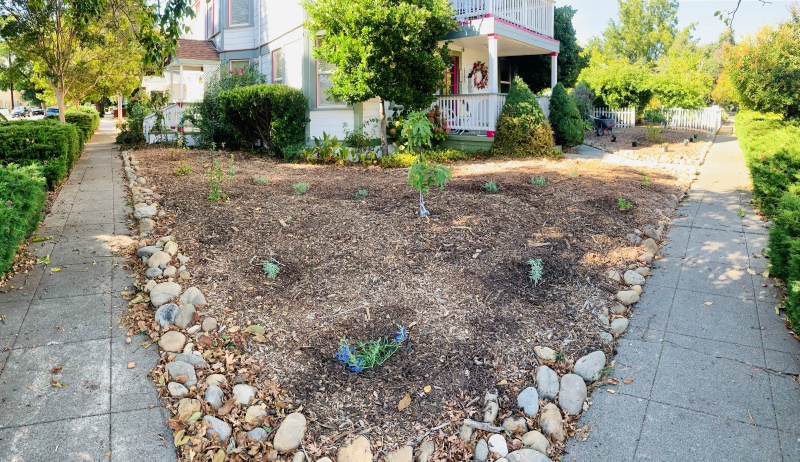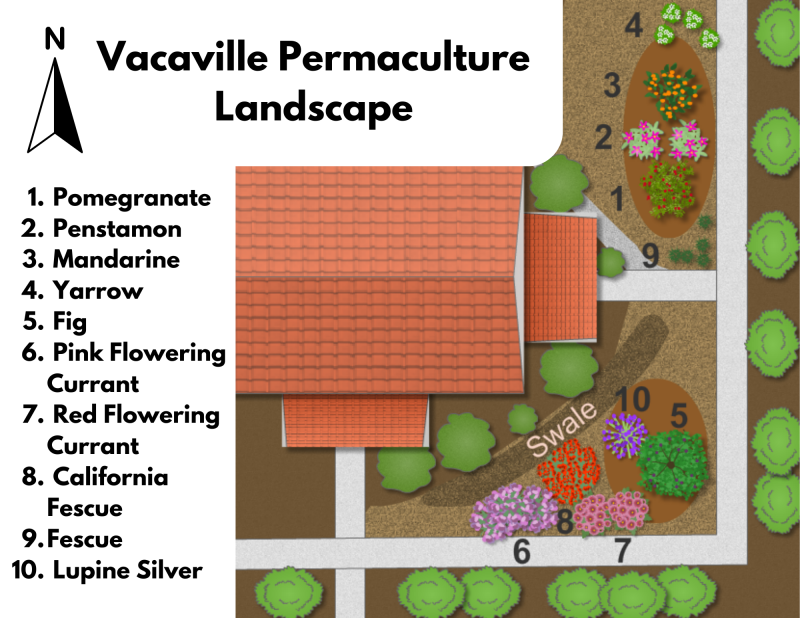Rebates for Residential Greywater Recycling
By Ainslee Shuemake
Ainslee is a graduate student specializing in water resource management in UC Davis’ Environmental Policy and Management (EPM) Program and wrote this op-ed piece as part of a class project. We wanted to share her insight with you and also let you know that we are currently looking for sites to host laundry-to-landscape educational workshops. If you live in Solano County and are interested in hosting a public workshop that installs a laundry-to-landscape greywater system in your home, then fill out the interest form here.
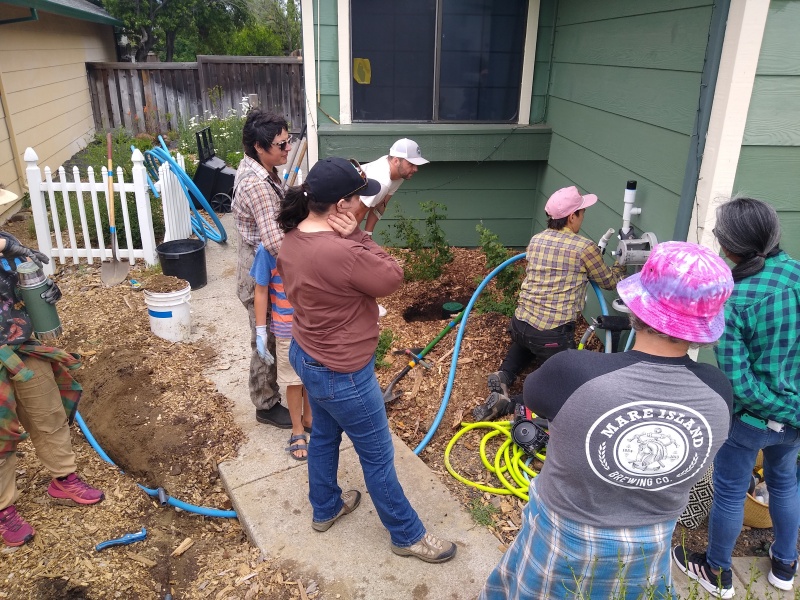
Community members help install a laundry-to-landscape greywater system during an educational workshop at a Vallejo home
As California pushes to make “conservation a way of life,” we should ask, who is going to bear the cost and responsibility to change the way we live? Well, it might be you. The State Water Resources Control Board has proposed regulations that would require conservation efforts from more than 400 cities and would raise about $13.5 billion dollars between 2025 and 2040. This new legislation would require counties and cities to limit outdoor water usage or pay a fine, and there’s a good chance that burden will be passed onto individuals. Enter: Greywater.
Greywater is produced in areas of your home such as sinks, washing machines, and bathtubs, which together account for almost 60 percent of indoor water usage. In addition, landscape irrigation accounts for almost 70 percent of all urban water usage and is the perfect candidate for greywater. How can we tap into this supply of greywater and use it for urban irrigation? Laundry-to-landscape systems are currently the most common and easy to install but there are many other options depending on budget and technicality. Providing incentives for homeowners who install these greywater recycling systems could encourage more people to use greywater in a way that would benefit both counties and individuals when it comes to mitigating rising costs of water. California has shown that green incentive programs are successful, so why not apply that strategy to water conservation and more specifically, greywater?
The good news is, about 40 percent of the money from proposed regulations would go to incentive programs geared towards conservation. Some counties in California are already offering some small rebates and even some tips and resources for installing your system. Counties that have already implemented small rebate programs are showing us that it is possible to make greywater recycling a reality throughout California and that there is real demand for incentives and rebates to make conservation and water savings more accessible.
Greywater recycling is a fairly new idea to bring into the residential sector and isn’t without its challenges. Currently, laundry-to-landscape systems are mostly do-it-yourself and require that your house have the correct layout if you choose to install it yourself. Although California is ahead of most states in the greywater game, all counties have guidelines for using greywater, so it is always important to make sure your system is both safe and healthy for you and your landscaping. Even though there are organizations out there that provide help and resources, incentives would make this process a whole lot easier and more appealing to the general public. Rebates that include the cost of having a professional install this system would encourage many homeowners that previously may not have been interested. Like any other new system or idea, it will take time for greywater recycling to gain traction, but incentives are the fastest way to get there. In the face of continued water shortages, we need that push to make sustainable water usage accessible.
Water conservation regulations are coming sooner or later and installing a greywater system in your home will help you live more sustainably now and save more money in the long run. If you are curious about greywater and how you can take action, look into your existing local rebate programs and let your local and state leaders know that greywater recycling is an integral part of conservation efforts. It is time that California invests into greywater recycling if we truly want to make conservation a way of life.
Sustainable Solano offers Laundry-to-Landscape Greywater installation workshops in partnership with Greywater Action to help get more of these water-saving systems into local homes.
A laundry-to-landscape greywater system is a simple system that runs the wash water from your laundry out to the yard to water trees and other plants in your landscape — saving water and saving your trees! These systems do not require a permit in California, and include a valve you can use to direct water out to the landscape or back to the sewer if you need to.
You can watch this informative video for a quick overview of laundry-to-landscape greywater systems.
To determine if your site might be a good fit for a greywater workshop, please fill out this survey.


